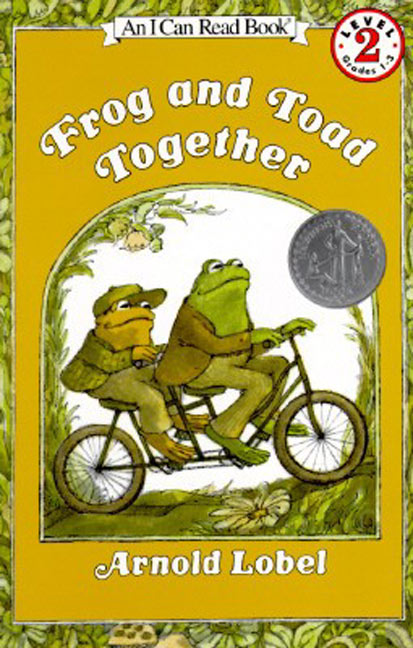One of the first books I ever remember reading was Stone Soup. Originally published in 1947 by Marcia Brown, it’s actually a much older French folk tale. The basic premise of the story is that a group of soldiers stop in a small village, looking for food and rest. However, the villagers, having heard that soldiers were approaching and afraid they had hardly enough food to feed themselves, hid all of their supplies. The soldiers go door-to-door, but all of the villagers tell them that they have no food to spare. So the soldiers devise a plan to stone soup.
Their interest piqued, the villagers fetch the soldiers a large pot, fill it with water, and set it to boil; then, following the soldiers’ orders, they fill the water with a multitude of stones. First the soldiers convince the villagers to part with a little salt and pepper, for the good of the soup’s flavor. They continue, lamenting the lack of carrots or cabbage, until the villagers, still wondering how one makes soup from stones, volunteer some of the ones they hid. The call and answer continues with meat and potatoes, barley and milk; the villagers all volunteer some of theirs and then marvel at the extravagant soup made from stones.
When the soup is complete, the villagers prepare a grand party, and they all celebrate well into the night.
I can’t recall the first time I read Stone Soup, but I remember how it invoked my imagination. The magic of picture books is that one feels like they’re there. I remember smelling the soup, tasting it, feeling like I was dancing with the villagers at the end of the night.
Now, what strikes about the story is always how old-world it is. The illustrations in Brown’s version are distinctly vintage; the only colors used are black, orange, and white, and the characters all look uniquely 20th century. It fills me with a sense of community. I’ve always believed that people are at their best when they’re suspending their disbelief. The villagers suspend their disbelief, and stone soup is made, not through magic but through generosity. By pooling together their resources, the villagers were able to improve all of their lives and be a little awed in the process. That’s what I’ve always believed is the very nature of a story.



